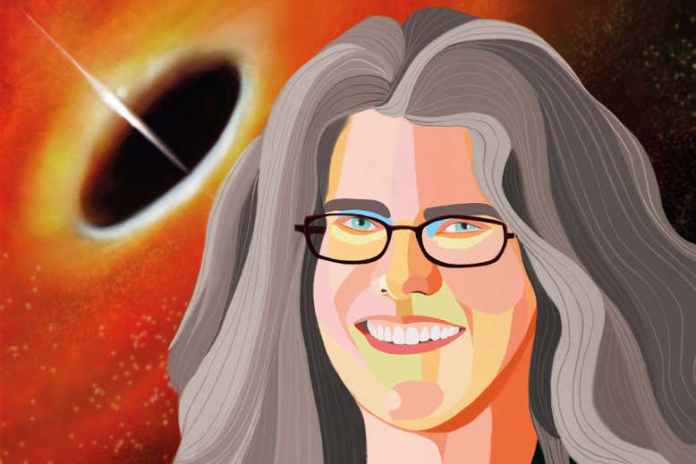Twenty years ago, Andrea Ghez set out to show there is a black hole at the centre of our galaxy by watching stars orbit it. She won a Nobel prize for the work and reveals how surreal it’s been.
AT THE centre of our galaxy sits a colossal and mysterious black hole called Sagittarius A*. Astrophysicists now take that as a fact, but for decades we had little evidence for it because it is extremely difficult to observe the galaxy’s bustling centre. It wasn’t until 2000 that Andrea Ghez and Reinhard Genzel separately mapped the orbits of stars hurtling around the black hole. These orbits showed that the hidden object’s mass was so huge and its size so small that there was nothing else it could be.
No one had thought it could be done. We simply didn’t have the tools to observe individual stars in that congested area. But the researchers persisted, working with engineers to push the boundaries of astronomy. They pioneered the use of adaptive optics, a sophisticated technique to boost the capabilities of the biggest telescopes on Earth, so they could watch a series of stars circling very close to the centre of our galaxy for 10 years.
Along with Roger Penrose, who did earlier work showing that black holes are a robust prediction of general relativity, Ghez and Genzel each won a share of the 2020 Nobel prize in physics for their work. The pair provided the first real proof that supermassive black holes – which have masses more than 100,000 times that of the sun – exist. Ghez, based at the University of California, Los Angeles, continues to study Sagittarius A*, which may be the best way for us to understand these cosmic behemoths.
